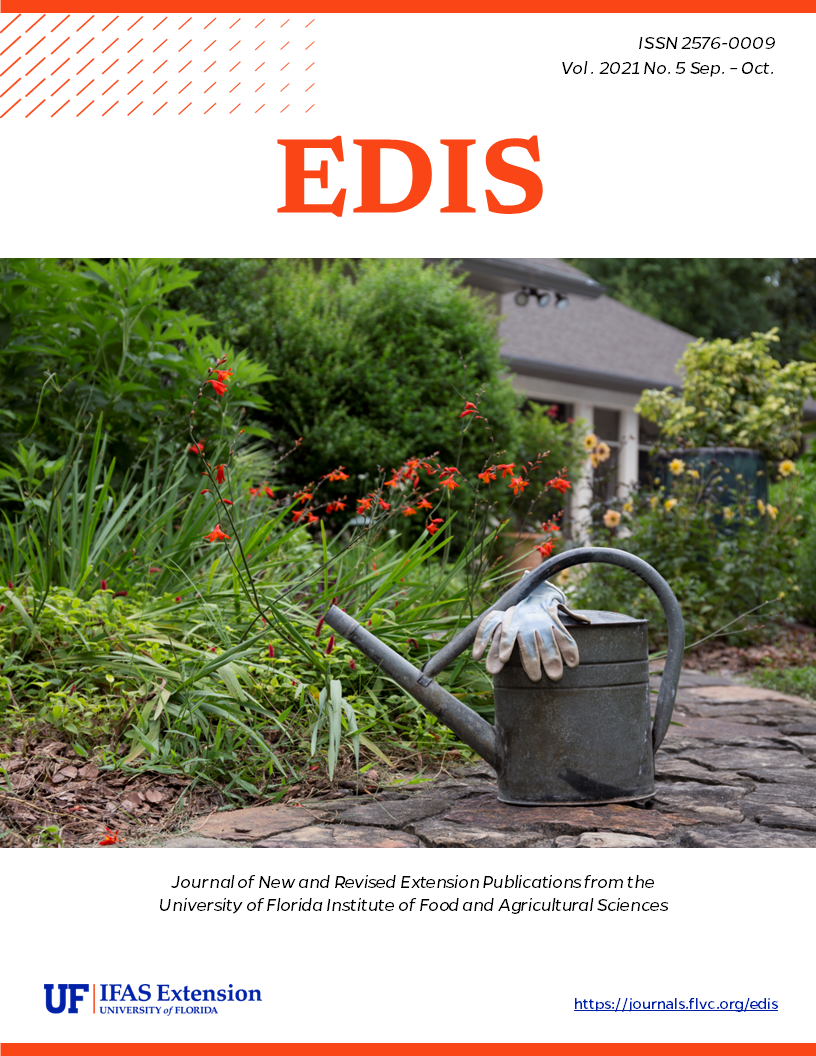Abstract
The oriental rat flea, Xenopsylla cheopis (Rothschild, 1903), is a member of the family Pulicidae in the order Siphonaptera. Fleas are highly specialized insects that are demonstrably successful as ectoparasites of birds and mammals (Marquardt, et al. 2000). Of the nearly 2,500 species of fleas known from around the world (Triplehorn & Johnson 2005), few are as infamous as the oriental rat flea. This species is best known as the carrier of the plague bacterium (Yersinia pestis) that was responsible for decimating large populations of people, including nearly a third of the human population of Europe, and influenced the trajectory of human history (Fasulo 2004). In addition to its role as a vector of the plague bacterium, this species can vector other pathogens and at least two tapeworm parasites of humans (Marquardt, et al. 2000; Gage 2005).
References
Afzal Z, Kallumadanda S, Wang F, Hemmige V, Musher D. 2017. Acute febrile illness and complications due to murine typhus, Texas, USA. Emerging Infectious Diseases 23: 1268-1273.
CDC (Centers for Disease Control and Prevention). 2020. Plague: Information for veterinarians. https://www.cdc.gov/plague/healthcare/veterinarians.html#:~:text=Cats%20are%20highly%20susceptible%20to,with%20a%20sub%2Dmandibular%20lymphadenitis (12 June 2020).
Cranshaw W, Wilson R. (2013). Fleas and Plague. Colorado State University Extension, Fact Sheet 5.600. 3 p.
Eisen RJ, Wilder AP, Bearden SW, Montenieri JA, Gage, KL. 2007. Early-phase transmission of Yersinia pestis by unblocked Xenopshylla cheopis (Siphonaptera: Pulicidae) is as efficient as transmission by blocked fleas. Journal of Medical Entomology 44: 678-682.
Fasulo T. 2004. History and insects. In Resh, V. and Carde’, R., eds., Encyclopedia of Insects. Elsevier Academic Press, San Diego, CA. pp. 1077-1090.
Gage KL. 2005. Fleas, the Siphonaptera. In Biology of Disease Vectors, WC Marquardt, Ed. Elsevier Academic Press, San Diego, CA. pp. 77-92.
GBIF Secretariat. (2019). Xenopsylla cheopis (Rothschild, 1903). GBIF Backbone Taxonomy. Checklist dataset https://doi.org/10.15468/39omei. (21 May 2020).
Greenwood MT, Holdich DM. 2010. A structural study of the sensilium of two species of bird flea, Ceratophyllus (Insecta: Siphonoptera). Journal of Zoology 187: 21-38.
Hinnebusch BJ, Bland DM, Bosio CF, Jarrett CO. 2017. Comparative ability of Oropsylla montana and Xenopsylla cheopis fleas to transmit Yersinia pestis by two different mechanisms. PLoS Neglected Tropical Diseases 11: e0005276. https://doi10.1371/journal.pntd.0005276
Marquardt WC, Demaree RS, Grieve RB. 2000. Fleas and flea-borne Diseases. In Parasitology and Vector Biology, 2nd ed. Harcourt Academic Press, San Diego, CA. pp. 569-582.
Miarinjara A, Boyer S. 2016. Current perspectives on plague vector control in Madagascar: susceptibility status of Xenopsylla cheopis to 12 insecticides. PLoS Neglected Tropical Diseases 10: e0004414. https://doi:10.1371/journal.pntd.0004414
McKee CD, Osikowicz LM, Schwedhelm TR, Maes SE, Enscore RE, Gage KL, Kosoy MY. 2018. Acquisition of Bartonella elizabethae by experimentally exposed Oriental rat fleas (Xenopsylla cheopis; Siphonaptera, Pulicidae) and excretion of Bartonella DNA in Flea Feces. Journal of Medical Entomology 55: 1291-1298.
Perez C, Hamouda D, Kamath B. 2018. Murine typhus: a life-threatening presentation of a case in Galveston, Texas. American Journal of Case Reports 19: 1503-1506.
Roth JD. 2019. Sylvatic plague management and prairie dogs – a meta-analysis. Journal of Vector Ecology 44: e12323. https://doi.org/10.1111/jvec.12323
Schwan TG, Lopez JE, Safronetz D, Anderson JM, Fischer RJ, Maiga O, Sogoba N. 2016. Fleas and trypanosomes of peridomestic small mammals in sub-Saharan Mali. Parasites & Vectors 9: 541-548.
Triplehorn CA, Johnson NF. 2005. Borror and DeLong's Introduction to the Study of Insects, 7th edition. Thomson Brooks/Cole, Blemont, CA. 864 p.
Trivedi J. 2003. Xenopsylla cheopis. Animal Diversity Web, University of Michigan. https://animaldiversity.org/accounts/Xenopsylla_cheopis/ (09 June 2020).
Vohra RF, Walker DH, Blanton LS. 2018. Analysis of health-care charges in murine typhus: Need for improved clinical recognition and diagnostics for acute disease. American Journal of Tropical Medicine and Hygiene 98: 1594-1598.
Webb CT, Brooks CP, Gage KL, and Antolin MF. 2006. Classic flea-borne transmission does not drive plague epizootics in prairie dogs. Proceedings of the National Academy of Science 103: 6236-6241.
Zhao F, Zhang T, Su J, Huang Z Wu A, Lin G. 2018. Genetic differentiation of the oriental rat flea, Xenopsylla cheopis, from two sympatric host species. Parasites & Vectors 11: 343-349.

